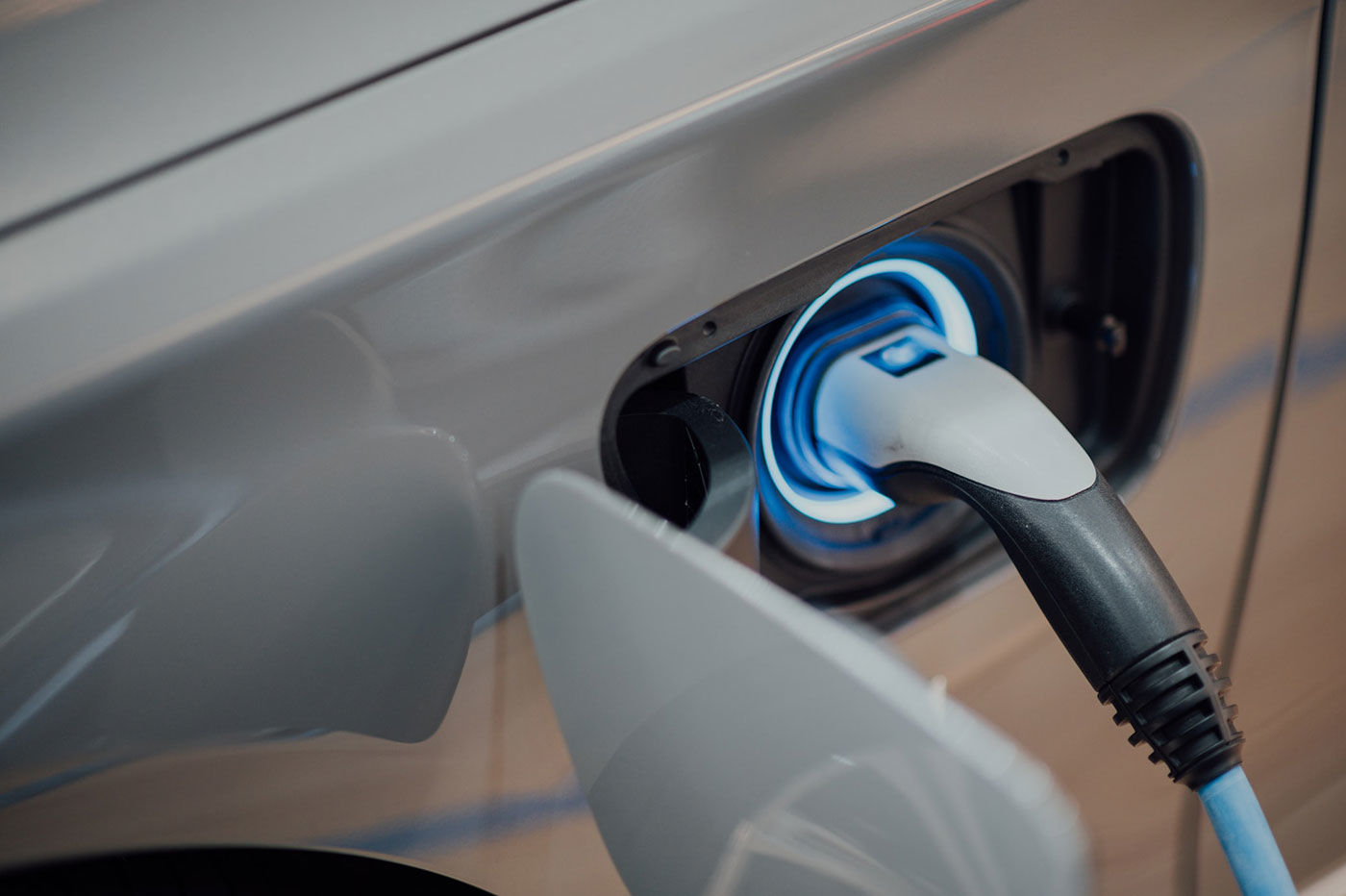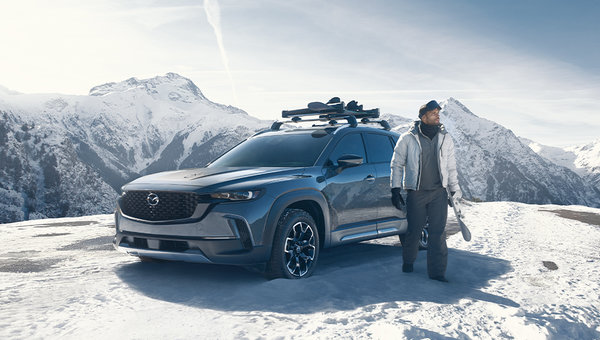Why Invest in an All-Electric Vehicle
December 20 2021, Yorkdale Dufferin Mazda

Today, more and more people use electric vehicles instead of traditional cars. The rising popularity of these automobiles can be attributed to several appealing benefits, including convenience and reduced emissions.
This article highlights the essential advantages and disadvantages of using electronic cars. After reading, you will discover why more and more people are ditching traditional gas vehicles and are turning to all-electric automobiles.
What Is an Electric Vehicle?
Electric vehicles (EVs) are either partially or fully powered by electricity, and drivers can charge them in charging stations.
Although electric automobiles originated in the late 1880s, according to Britannica, the prototypes that spurred today’s generation of EVs reappeared in the 1960s. During that time, car manufacturers were trying to resolve the problem involving the ultimate exhaustion of petroleum and rising fuel costs.
EVs have low running costs because they have fewer moving parts for maintenance. They promote reduced gas emissions as they use little or no fossil fuels.
Today, there are two common types of EVs: plug-in hybrids and fully electric.
Fully electric cars are automobiles with battery-powered engines. Drivers today also call these cars battery electric vehicles (BEV).
Compared to traditional fuel-based cars, BEVs run solely on battery power and do not have parts for gas engines.
They have zero emissions and create very little noise. As they are capable of fast and L2 charging, you can charge their batteries overnight.
Meanwhile, plug-in hybrid electric vehicles (PHEV) are electric cars that do not rely entirely on electricity. Drivers can go to gas stations rather than charging posts to top up the car’s power.
How Does Electric Vehicle Technology Works?
Under the hood, EVs have an electric motor instead of an internal combustion engine.
The car uses a battery pack to power the motor. To charge, you need to plug the car into a wall outlet or charging equipment. This gear is also called the electric vehicle supply equipment (EVSE).
Because the vehicle runs on electricity, it does not emit exhaust from the tailpipe. It also does not use fuel components, like a fuel pump, a fuel line, or a fuel tank. Below are the crucial parts of an EV:
- Battery: The auxiliary battery is the source of electricity to power vehicle accessories.
- Charge port: The charge port lets the car connect to an external power supply.
- DC/DC converter: The device converts higher-voltage DC power to lower-voltage DC power to run vehicle accessories and recharge the battery.
- Electric traction motor: The motor uses power from the battery to control the vehicle's wheels. Some cars use generators that perform the regeneration and drive functions.
- Onboard charger: The charger converts the incoming AC electricity to DC power. It also communicates with the charging gear and monitors battery characteristics.
- Power electronics controller: The controller unit facilitates the flow of electricity and controls the speed of the motor and the torque it generates.
- Thermal system: The thermal unit monitors and maintains the correct operating temperature range of the electric motor, engine, power electronics, and other car components.
- Traction battery pack: The pack stores electricity for the electric traction motor.
- Transmission: The transmission converts mechanical power from the motor to control the wheels.
Today, various car companies offer EVs. Recently, Mazda even announced its first all-electric vehicle, the MX-30 SUV. If you are interested in this Mazda car’s build and price in Canada, you can reach out to Yorkdale Dufferin Mazda today.
Benefits and Drawbacks of Electric Vehicles

Before buying an EV, you first need to know the advantages and disadvantages of driving one. Read on to discover the relevant pros and cons of using all-electric cars.
Pros of Driving Electric Cars
- One of the main advantages of driving EVs is that it has little to no emissions. The cars are 100 percent eco-friendly as they are electrically powered and do not burn fossil fuels. The vehicles do not emit toxic gases into the environment. By driving EVs, you’ll be contributing to a healthy climate.
- Because EVs run on electricity, you do not need to burn fuel for power. You can save money on gas, which is crucial now that the fuel costs are at an all-time high.
- Driving electric cars is also more convenient than driving traditional vehicles. You can charge the car before leaving and not have to worry about gas while on the road.
- Because of their popularity, electric vehicles are now widely available. There are many unique types available on the market today, giving you a wide range of options to choose from.
- Much like fuel-powered vehicles, EVs undergo testing procedures to determine safety. Because of their lower center of gravity, EVs can be safer to drive than traditional vehicles. Some electric automobiles also cut power in accidents to prevent further injuries. Without combustible substances like fuel or gas, the car is less likely to explode during an accident.
- Because of recent technological advancements, the overall cost of owning an electric vehicle has gone down. The mass production of batteries further lowered the prices, making EVs much more cost-effective.
- EVs are also easy to maintain. Because there is no fuel, there is no need to lubricate the engines. The fuel-free element of using EVs removes the need for any tasks related to the combustion engine.
Cons of Driving Electric Cars
- Looking for recharge stations can be a hassle because some charging points are still under development. There are not a lot of places you can go to recharge your car. This disadvantage can be challenging, especially during long drives. Charging station maps can help you know where to go if your car runs out of juice on the road.
- Although driving an EV is cost-effective, the initial cost of the car can be pricey. More affordable options have a price range from $30,000 to $40,000. Meanwhile, luxury EVs can cost over $80,000.
- Aside from the initial cost, you also need to pay for the electricity. Having an electric car can drive up your electricity bill.
- Some EVs also have a limited range and speed, making them unreliable for long journeys. That said, people expect the speed and range capacity of electric cars to improve in the future.
- Electric vehicles make less noise on the road, which can be a disadvantage. Some drivers like to hear the sound of approaching cars from behind. This point can be a safety issue for drivers, especially during nighttime.
Features of the Mazda CX-30 Electric Vehicle
CX-30 Engine
The Mazda CX-30 has a standard four-cylinder engine good for 186 horsepower. It has a six-speed automatic transmission and shifts smartly to make the most of the engine's power.
CX-30 Safety Features
The 2022 Mazda CX-30 has the following safety features:
- Forward collision warning
- Lane-keep assist
- Pedestrian detection
- Automatic emergency braking
- Lane-departure warning
CX-30 Interior
The Mazda CX-30 has an airy cabin that can seat five people. It boasts 20.2 cubic feet of cargo space, and it also features a low lift-in height and a wide hatch opening.
Yorkdale Dufferin Mazda is all you need if you want to buy an all-electric vehicle. We are your go-to experts in everything Mazda. Talk to us now.
Pro Tip:
“Looking for a vehicle that doesn’t come at the expense of fuel economy? The Mazda MX-30 Electric Vehicle is the best option.”
- Yorkdale Dufferin Mazda
Why the Mazda Electric Vehicle? Contact Yorkdale Dufferin Mazda Now.
If you want to buy an electric vehicle, the 2022 MX-30 Mazda can be a smart option. It has an impressive suite of safety features that helps the driver stay safe while on the road.
Call Yorkdale Dufferin Mazda today to check out a wide range of new and used Mazda vehicles. With the help of our car dealers, you will have the right advice and a seamless purchase experience.
FAQs on Why You Should Invest in an All-Electric Vehicle
When is the best time to charge your Mazda MX-30 Electric Vehicle?
Charging at home is the most cost-effective way to charge the Mazda MX-30. When you are at home, you can set a charging timer so you can take advantage of lower tariffs at off-peak times. You can use the MyMazda app to monitor and control the power input when charging.
Can I leave my electric vehicle plugged in all the time?
We know that leaving rechargeable items overnight can lead to battery damage. But, this is not the case when charging EVs, and the cars have systems in place to prevent overcharging.
Are electric cars expensive to run?
Electric cars run on electricity. You can always be proactive in lowering your electric bills by making sure you are on the best EV tariff for your needs. You can also get lower tariffs by charging at off-peak times.





